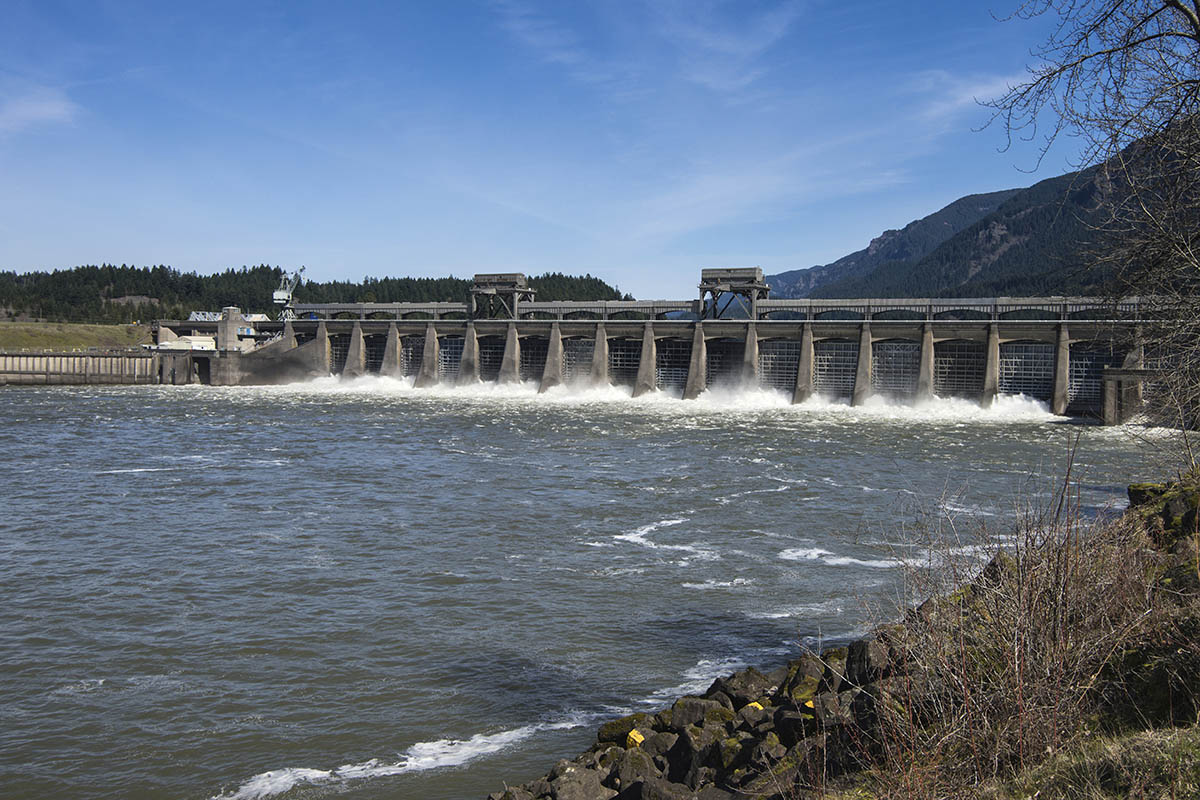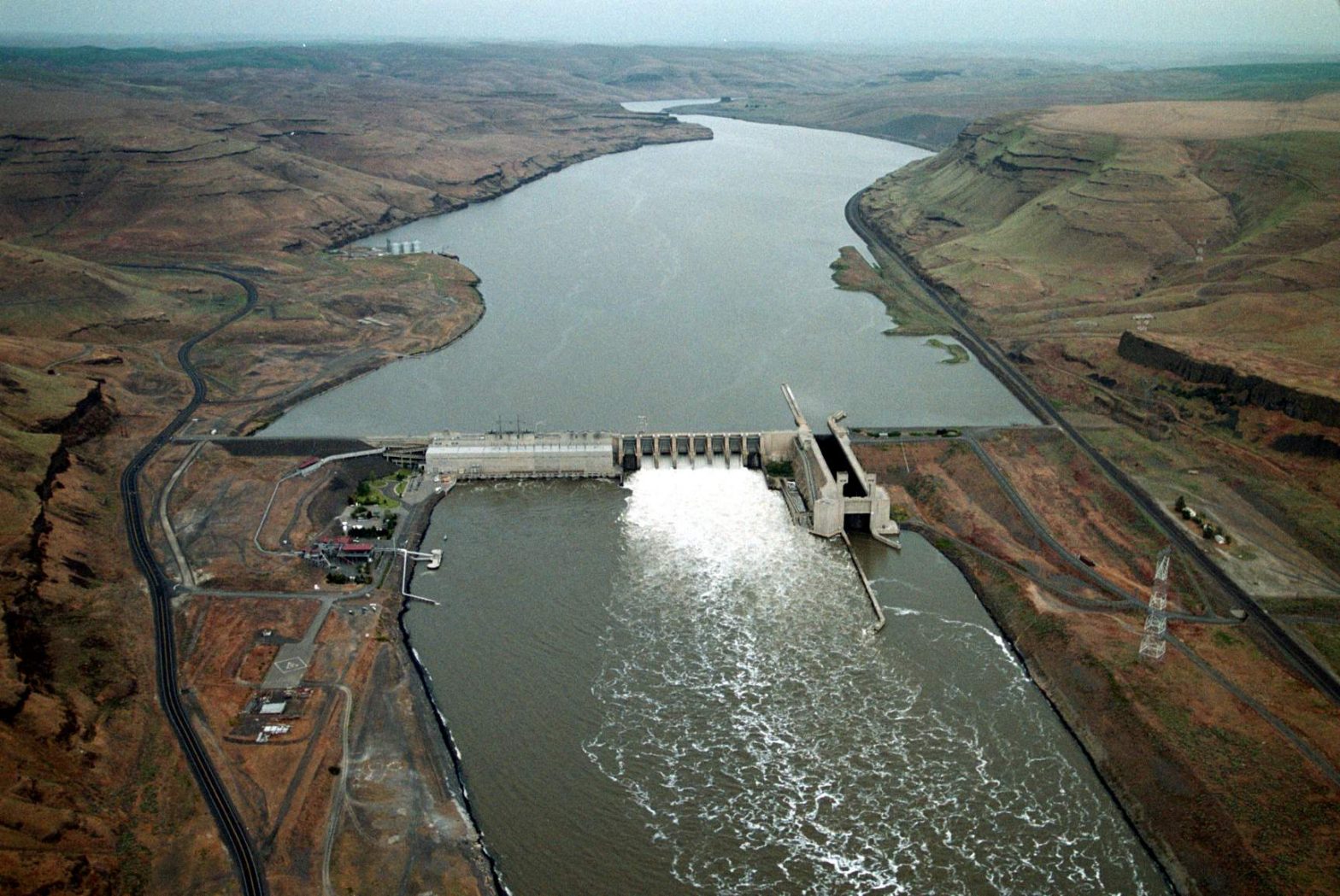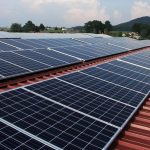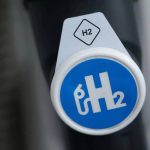A standard hydropower system uses water to create electricity with the help of rotating turbines that are linked to generators. The energy generated will depend on the water pressure, volume, and flow. Hydropower is one efficient method to generate electricity at a low cost. Most hydro generators operate quickly to supply current needs.
History

The complex network of reservoirs and dams that shape the FCRPS (Federal Columbia River Power System) has been key to economic growth, sustainable electricity, and more clean power in the Northwestern parts of the U.S.
In 1932, Franklin Roosevelt, in his campaign speech, announced that the government would construct the upcoming hydroelectric plant at the Columbia River. In 1930 and 1940, the government built the Grand Coulee and Bonneville dams. Power from both these dams supported the economy and supplied electricity even to rural areas that did not have existing utilities.
Presently, the FCRPS now has 31 hydroelectric establishments with over 22,000 MW capacity. The dams mentioned are managed by the Bureau of Reclamation and the United States Army Corps of Engineers. Also, the BPA (Bonneville Power Administration) markets and sells the power generated by the system.
Low-cost hydropower produced by the Columbia River is the foundation of the economy. About 28% of the power used in the Northwest originates from the Bonneville Power Administration. Some large industries and northwest utilities purchase BPA power. Utilities usually resell the energy to businesses, homes, and other buyers.
Oregon has become the top two hydropower-generating states in the U.S., along with Washington. That is according to the United States Energy Information Administration in February 2016.



